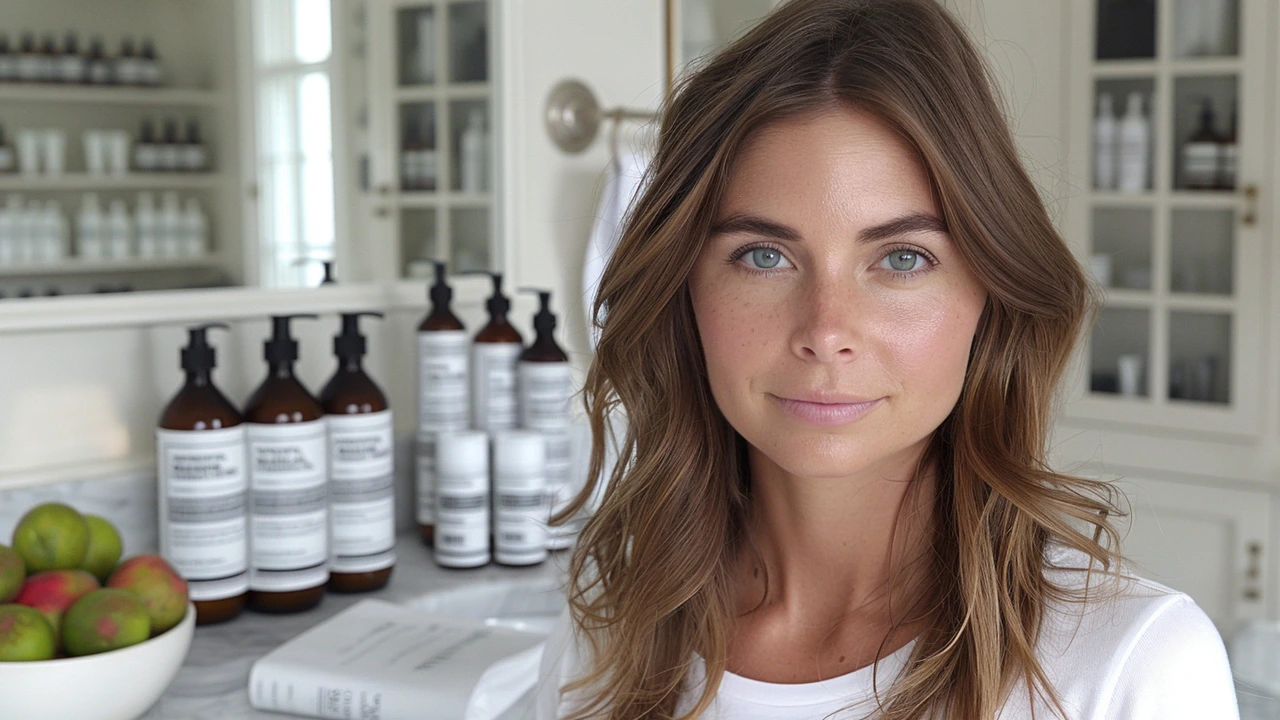Probiotics for Hepatic Encephalopathy: Treatment Insights
October 20 2025Skin health: Simple habits that actually change your skin
Want skin that looks healthy without a drawer full of unused products? Small, consistent habits beat fancy routines. Here are practical steps you can start today to protect skin, fix common problems like uneven tone or dryness, and avoid costly mistakes.
Daily basics that make the biggest difference
Sunscreen matters more than most products. Use a broad-spectrum SPF 30 or higher, apply 15 minutes before going outside, and reapply every two hours when you’re in the sun. If you only do one thing for skin health, make it sunscreen.
Clean gently. Pick a mild, fragrance-free cleanser and don’t scrub hard. Overwashing or harsh exfoliation strips natural oils and worsens dryness or redness. For most people, twice a day is enough; if your skin is dry, cut back to evening only.
Moisturize smart. Use a lightweight, oil-free lotion for oily skin and a richer cream for dry skin. Look for hyaluronic acid for hydration and ceramides to repair the skin barrier. Apply moisturizer while skin is slightly damp to lock in moisture.
Night care: consider a retinoid if you want smoother texture and fewer fine lines. Start every third night and build up—retinoids can irritate if you jump in. If you use AHAs or BHAs for exfoliation, don’t combine them with a retinoid on the same night without professional guidance.
Treatments, scanning labels, and when to see a pro
Thinking about microneedling or other in-office treatments? Microneedling creates tiny skin injuries to trigger collagen production—good for mottled discoloration and texture. Expect redness and mild swelling for a few days; downtime varies by needle depth. Don’t microneedle over active acne, open wounds, or if you have certain skin conditions—ask the provider first.
Read ingredient lists like a pro. If you’re sensitive, avoid products with added fragrance and too many actives at once. For hyperpigmentation, ingredients that work include vitamin C, azelaic acid, and niacinamide; hydroquinone can be effective but should be checked with a dermatologist.
Watch out for online pharmacies and DIY mixes. Buying prescription-strength treatments or unbranded products from unknown sellers risks potency issues and contamination. If you’re unsure, use reputable sources and ask your pharmacist or dermatologist for recommendations.
Natural or herbal products can help, but treat them like any other active: patch test first and tell your provider about them. Some rainforest herbs studied for anti-inflammatory effects—like chuchuhuasi—show promise, but they aren’t magic fixes and can interact with meds.
Sleep, water, and food matter. Skin repairs while you sleep, so aim for consistent bedtimes. Drink water, eat some colorful vegetables and protein, and limit excess sugar—these habits support skin turnover and repair.
Want more practical reads? Check our article on microneedling for mottled skin discoloration for a realistic before-and-after view, and read about Amazonian herbs if you’re curious about natural options. If a product or issue feels risky, book a short visit with a dermatologist—fast answers beat months of guessing.
 13 May
13 May
Effective Skin Care Routine to Prevent Fungal Discoloration
A comprehensive guide on developing a skincare routine aimed at preventing fungal skin discoloration. This article provides actionable tips and insights into maintaining skin health, preventing fungal infections, and ensuring an even skin tone. It covers key aspects such as daily cleansing, the importance of exfoliation, the role of diet and lifestyle, and the use of antifungal products.
Read More...




